Self Sufficient Gardening
Self sufficient gardening - gardening that allows you to grow your own food without relying on a grocery store - is possible. Folks have been doing it for centuries, planting a huge garden each spring so they could have enough fresh vegetables to last them through the winter. Other generations have done it; so can you.
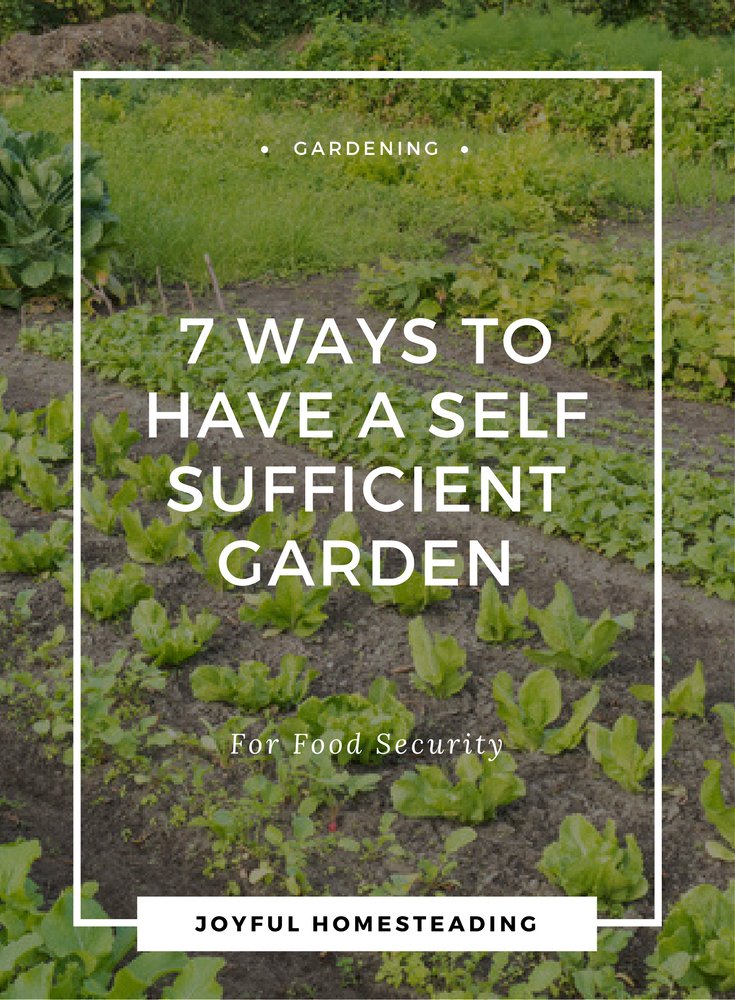
It's a staple of joyful homesteading to grow healthy, organic food that improves your health and provides you with tremendous satisfaction. After all, why buy food when you can grow better quality at home. It's no-brainer.
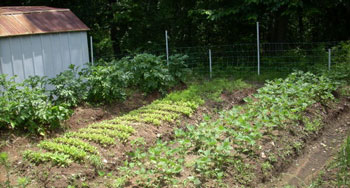
But keep in mind that there is work involved. As much as I wish it were true, you can't just throw a few seeds out and expect to reap a year's worth of food. Self sufficient gardening takes planning, space and effort.
So What Are the Benefits?
Relying on yourself rather than a grocery store is always a plus, especially during unstable times. By developing good gardening skills now and growing most of your own food, you will have security, no matter how scary things get. But more than that, by growing your own food, you avoid unhealthy GMOs as well as harmful pesticides found in most grocery store produce.
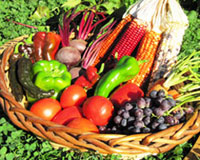
With a garden you have access to fresh vegetables and fruit that is far superior to those that you purchase in the store.
Are you convinced yet? If so, here are seven ways to have a self sufficient garden.
For Self Sufficient Gardening
1. You Need Space
Keep in mind, though, that while you can grow tomatoes, green beans, squash and even corn in a small space, you will need a much larger garden if you plan on growing sufficient food to last you through the winter. Plants that are given plenty of room tend to produce more. That means having a garden that is good-sized.
2. It Takes Work
Self sufficient gardening doesn't mean the garden will grow itself. You not only need to sow the seeds, you will also have to regularly weed and water your garden. Expect to spend two hours or more daily in a large garden, depending on its size, to keep weeds and pests away.
3. Plan for the Unexpected
Weather always plays a factor in how well your garden produces. You may have a bounty of tomatoes while your green beans do poorly. Because different varieties will do better depending on the season, plant a variety of vegetables to ensure that you have a sufficient amount of something to store for winter.
4. Compost, Compost, Compost
I can't emphasize it enough. A garden with poor soil is going to produce poorly. Just like you, your vegetable plants need good quality nutrition. You can provide that nutrition for your garden plants by composting faithfully and adding that good quality soil to your garden regularly. Compost tea will also keep your plants healthy and producing.
In addition to compost, you will need to add manure to your garden regularly. If you have chickens, goats, pigs or cows, you're set. As you clean stalls or chicken tractors, throw that manure in a pile and allow it to sit out for two weeks before adding it to your garden. Fresh chicken manure can burn your tender plants, so allow it to age a bit before digging it into your soil.
Also consider investing in a composting toilet or two. It's truly a shame that we dump our human waste into water, when it can instead be recycled and used for growing. If you do plan on composting human manure, allow it to compost for at least two years before adding it to your garden. That will ensure all the pathogens are dead, and it's safe to use.
5. Heirlooms are Best
Self sufficient gardening includes harvesting seeds from your best-producing plants so you can plant them again the following year. The seeds from hybrid plants won't produce the same type of plant, so be sure to invest in heirloom seeds to ensure the continuing quality of your garden.
6. Consider Fall Gardening
Depending on where you live, you can also grow a garden in the fall and enjoy a harvest in the fall. Vegetables such as broccoli, kale and peas thrive during the cooler winter months, so consider starting a fall garden in August.
7. Store It Wisely
If you have the space and can afford to hire someone with a backhoe, consider putting in a root cellar. If stored properly, apples, potatoes, carrots and onions will last for months. You'll have fresh, organically grown vegetables just a few feet from your house.
An excellent resource, that includes designs as well as suggestions for the best varieties of storing vegetables is Mike and Nancy Bubel's book, Root Cellaring: Natural Cold Storage of Fruits & Vegetables.
Learn how to store your vegetables long-term with this helpful book.

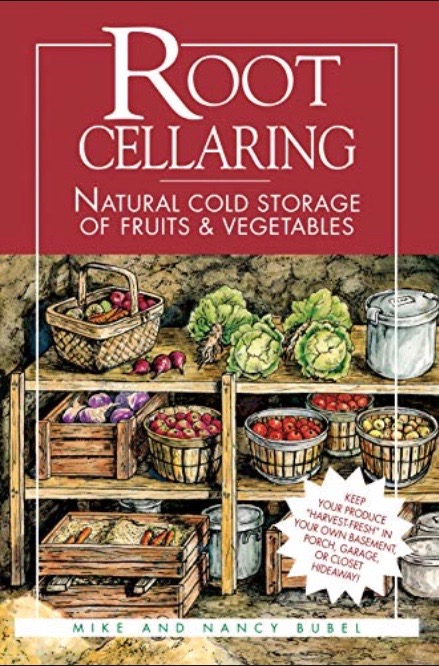



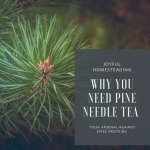


New! Comments
Have your say about what you just read! Leave me a comment in the box below.